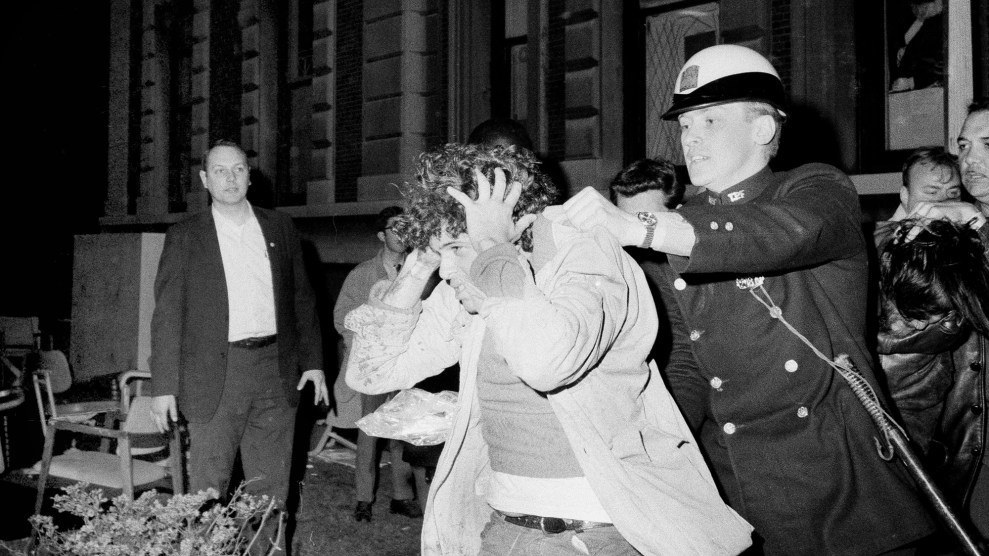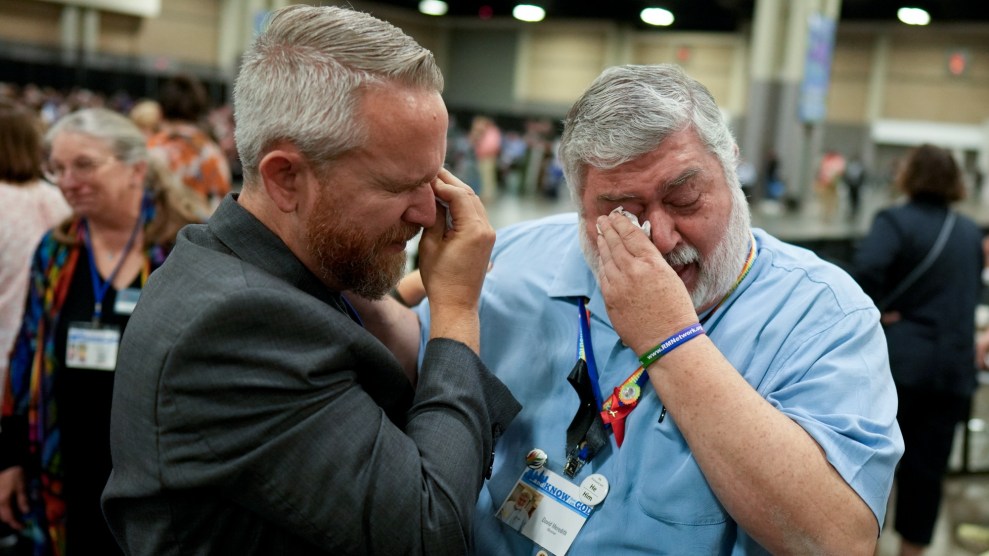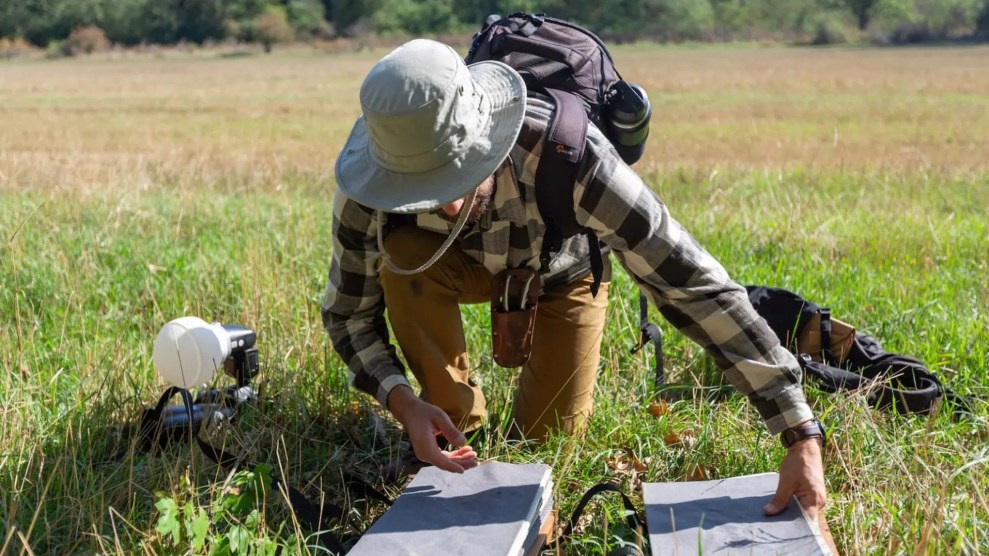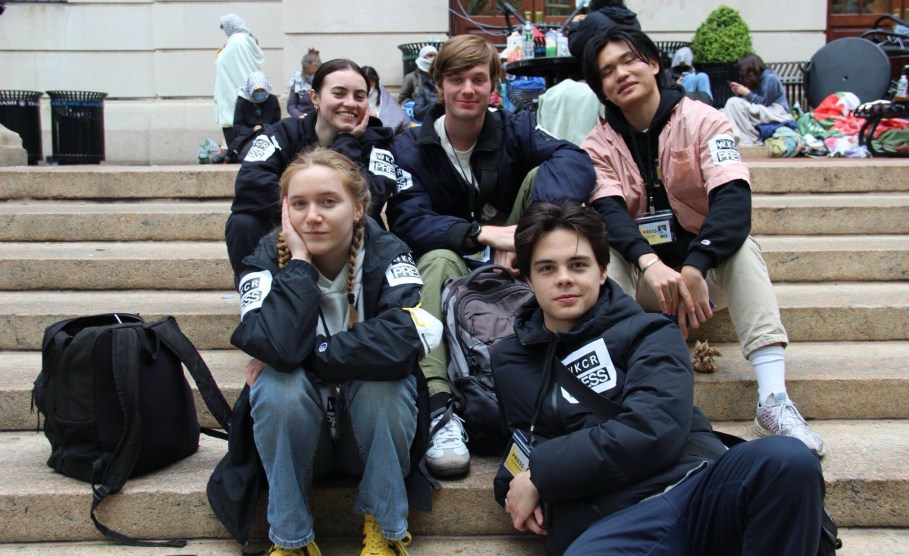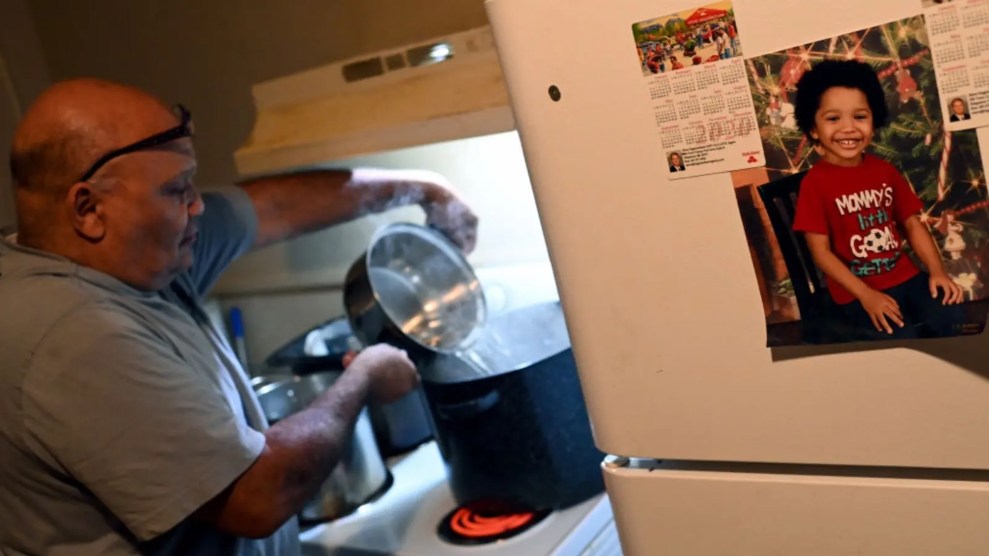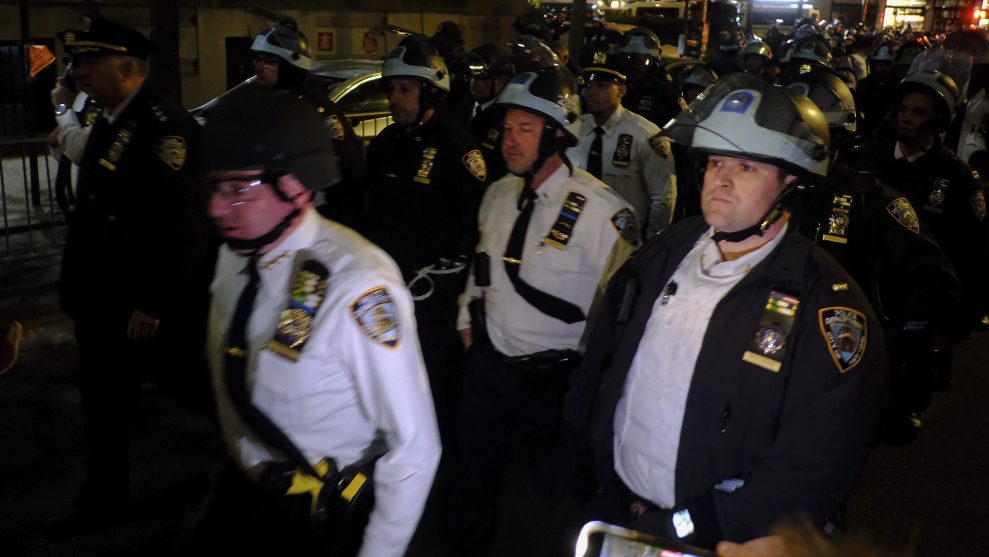MAHDI ARMY UPDATE….Ned Parker of the LA Times reports that Muqtada al-Sadr has fallen on hard times:
In a telling measure of the militia’s power, the U.S. military credits Sadr’s decision more than a year ago to call a cease-fire as one of the chief reasons for the sharp drop in violence in Iraq.
But Sadr’s fortunes have also plummeted, and his followers now contemplate a world where they are on the run and their Shiite rivals have the upper hand.
….Sadr’s troubles are rooted in the fighting between his militia and Iraqi security forces that erupted in March after Prime Minister Nouri Maliki ordered the army to clear the militia’s strongholds in the southern city of Basra. The clashes there ended only when Sadr commanded his militia to stand down, and then did the same in Sadr City six weeks later.
….With his armed wing formally frozen, Sadr looked to repair his movement’s image. He announced in June that his fighters should form a new social and religious education organization, named Mumahidoon, which aims to teach Iraqis about Islam.
….”To avoid having his organization continually targeted, he had to do something with them, so he followed the Islamic Brotherhood and Hezbollah model,” a U.S. military intelligence officer said, referring to other Islamist movements that provide charitable services and enjoy popularity in the Arab world.
At the time, I was skeptical that the Basra operation was a big win for Maliki, but obviously I was pretty spectacularly wrong about that. It’s still not clear to me exactly what happened in Basra — did Sadr get beaten? did he sincerely decide that the violence had gotten out of hand? did he take direction from Iran? — but there’s not much question that the eventual result was an enormous drop in influence for Sadr and a victory for Maliki and his Badr Organization allies.
In any case, read the whole thing if you’re interested in the current lay of the land in Sadr City. It’s certainly possible that Sadr could someday Hezbollah-ize his operation and end up more influential than ever, but in the meantime the cease-fire looks like a pretty permanent decision.







